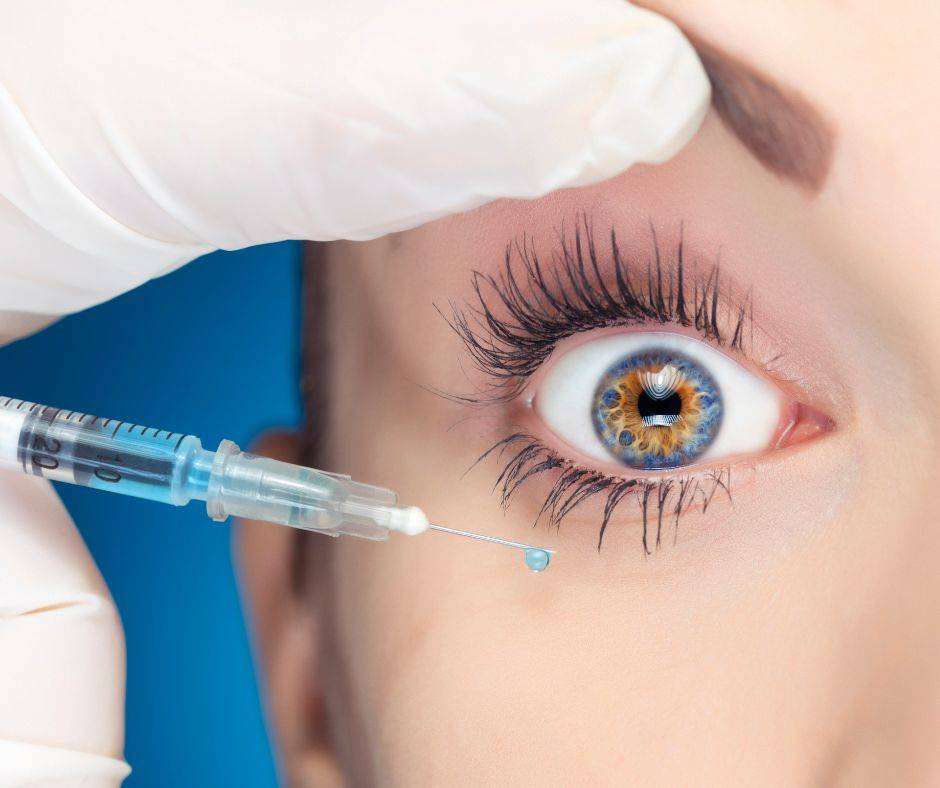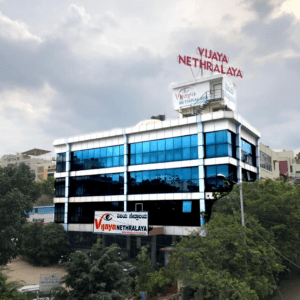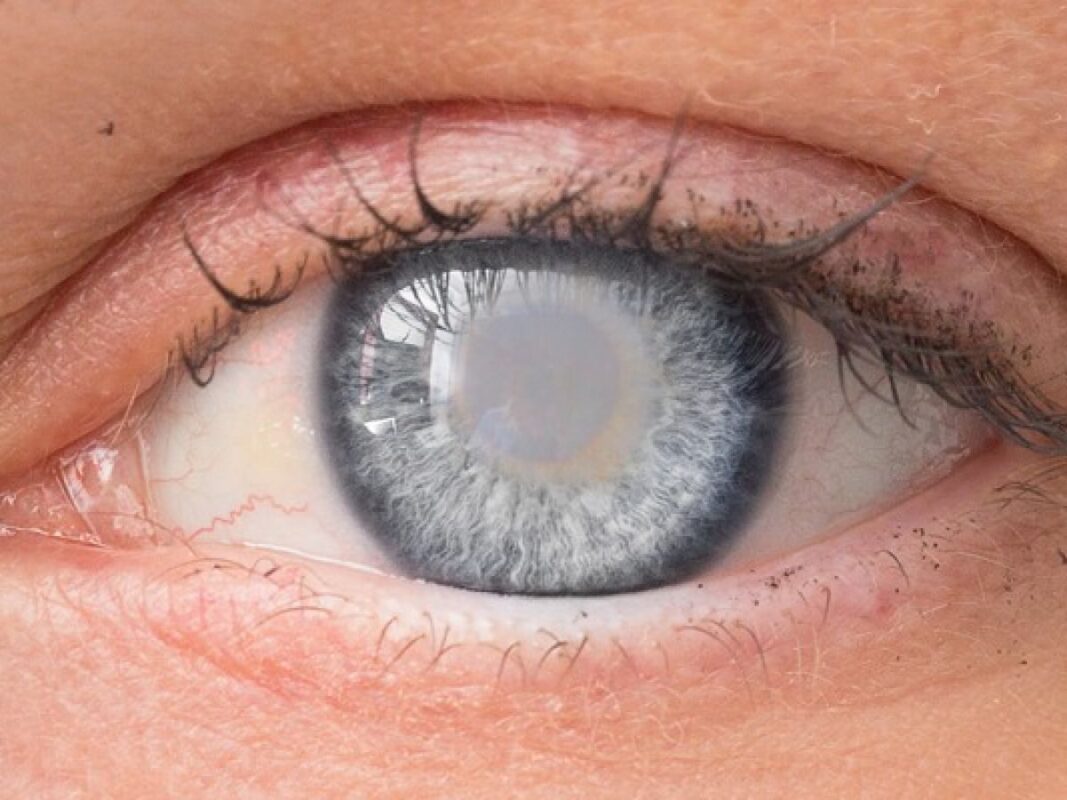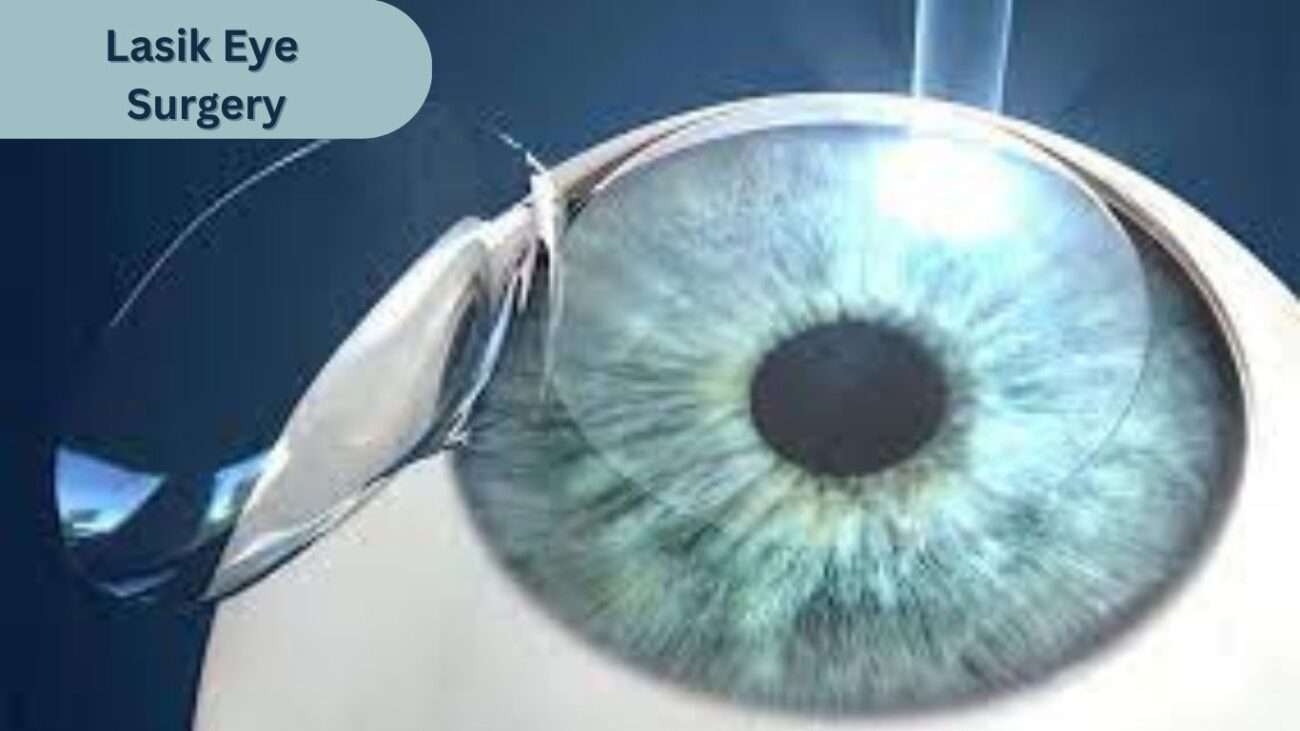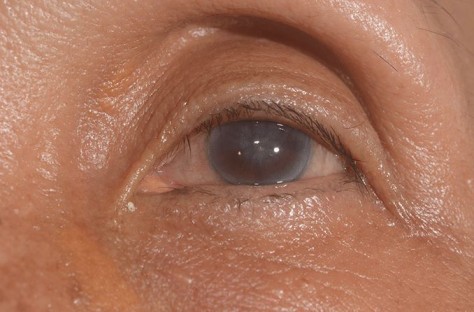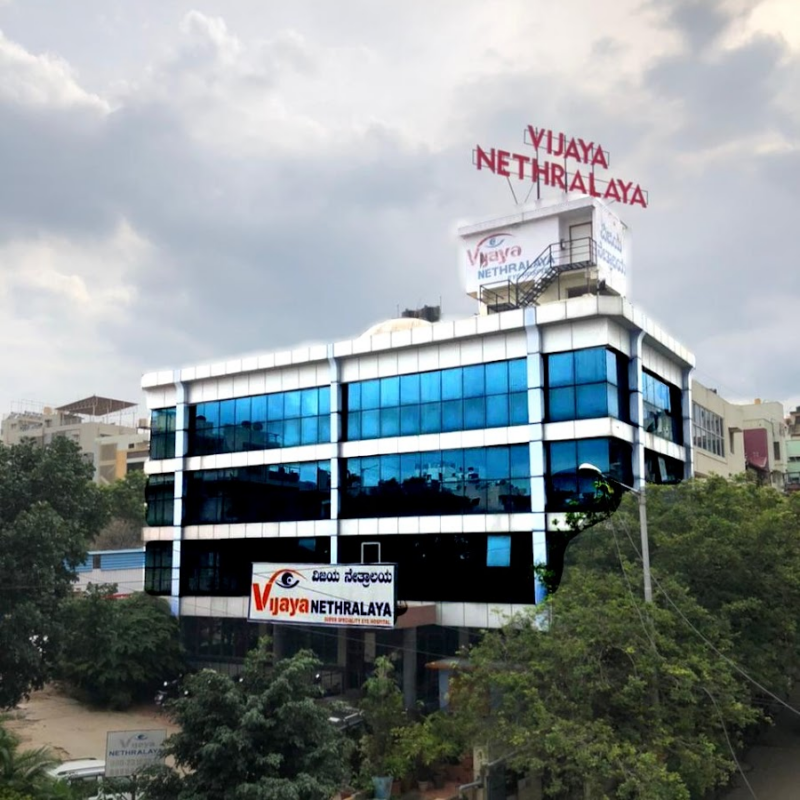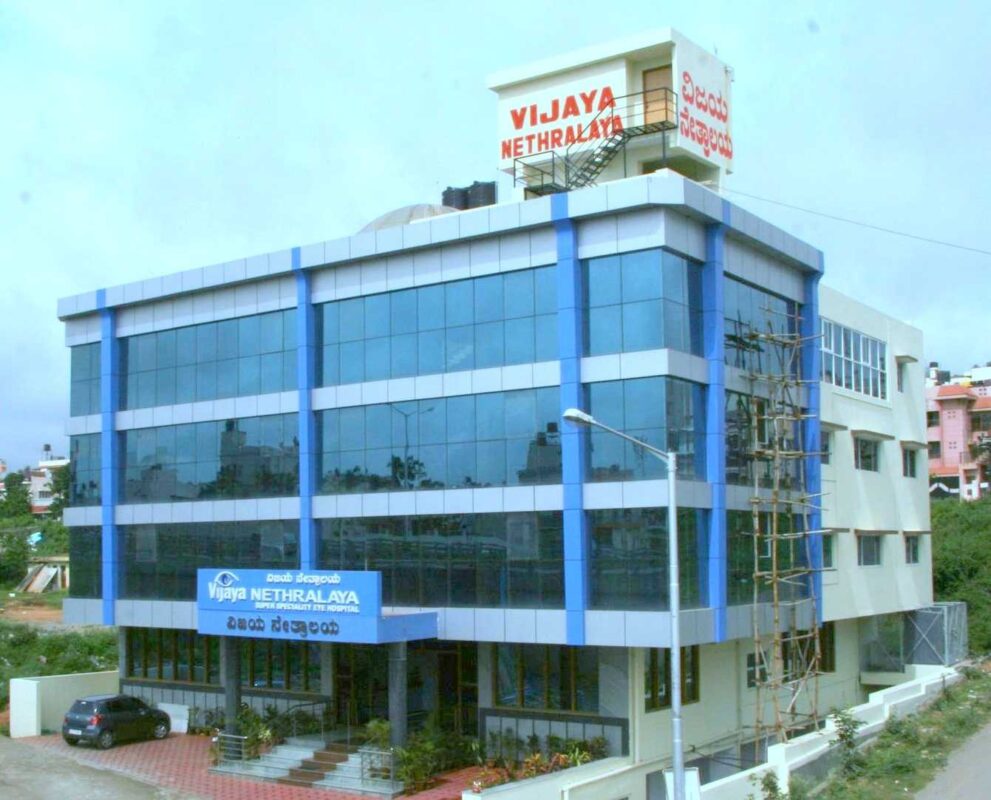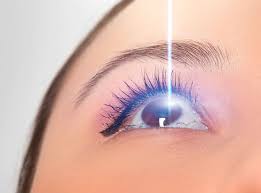What does viscoelastic mean
Viscoelastic refers to the properties of a material that exhibit both viscous (flowing) and elastic (spring-like) behavior when subjected to external forces.
Viscosity describes a fluid’s resistance to shear forces and flow, while elasticity describes a solid’s ability to deform when a force is applied.
Viscoelastic materials behave between fluids and solids, flowing and deforming under stress while resisting deformation and returning to their original shape. Examples of viscoelastic materials include rubber, many plastics, and even some biological materials like cartilage and tendons.
Viscoelasticity is crucial in materials science, engineering, and biology, as it influences how materials behave under stress and affects product and structure design.

Viscoelastic fluid
Fluids are a type of non-Newtonian fluid made up of both a viscous component and an elastic one. In other words, viscoelastic fluids are a mixture of a solvent and a polymer. Some examples of these fluids include paints, DNA suspensions, some biological fluids, and various chemicals used in the manufacturing industry.
The primary goal for using viscous substances during cataract surgery is to avoid corneal endothelial cell loss. The procedure deepens the anterior chamber, protects the endothelium from surgical trauma, absorbs ultrasound energy, and coats the intraocular lens.

What is viscoelastic in cataract surgery?
Surgeons use viscoelastic substances in cataract surgery to protect eye structures and maintain the anterior chamber’s shape due to their thick, sticky, and flexible properties.
In cataract surgery, the surgeon makes a small corneal incision, breaks up the cloudy lens with a probe, and injects a viscoelastic substance to protect the eye’s structures.
The viscoelastic substance maintains the anterior chamber’s shape, protects the cornea during surgery, and prevents iris prolapse through the incision.
Surgeons use several types of viscoelastic substances in cataract surgery, including cohesive viscoelastic, dispersive viscoelastic, and combination viscoelastic. Each type has unique properties and serves different stages of the procedure to achieve the best surgical outcomes.
What are the effects?
Viscoelastic behavior is the result of a combination of elastic and viscous behavior where applied stress causes an instantaneous elastic strain, followed by a dense, time-dependent strain.
Types of substance
Substances can be classified into several types based on their chemical and physical properties. Some common types of substances include:
- Elements: These are pure substances made up of only one type of atom. Examples include oxygen, hydrogen, and carbon.
- Compounds: These substances consist of two or more different elements chemically combined in a fixed ratio. Examples include water (H2O) and sodium chloride (NaCl).
- Mixtures: These combinations consist of two or more substances that do not chemically combine. Mixtures can be homogeneous, where the composition is the same throughout (e.g., saltwater), or heterogeneous, where the composition varies (e.g., salad).
- Acids: These are substances that donate hydrogen ions (H+) when dissolved in water. Examples include hydrochloric acid (HCl) and sulfuric acid (H2SO4).
- Bases: These are substances that accept hydrogen ions (H+) when dissolved in water. Examples include sodium hydroxide (NaOH) and ammonia (NH3).
- Salts: These compounds form from the reaction between an acid and a base. Examples include sodium chloride (NaCl) and calcium carbonate (CaCO3).
- Organic compounds: These are compounds that contain carbon atoms bonded to hydrogen atoms, and often to other atoms such as oxygen, nitrogen, or sulfur. Examples include carbohydrates, lipids, proteins, and nucleic acids.
- Inorganic compounds: These are compounds that do not contain carbon atoms bonded to hydrogen atoms. Examples include metals, metal oxides, and non-metallic minerals.
- Polymers: These large molecules consist of repeating units called monomers. Examples include plastics, synthetic fibers, and proteins.
These are just a few examples of the types of substances that exist. There are many other categories of substances, each with its unique properties and characteristics.
What is vicious in cataract surgery?
Viscoat®, a combination of sodium hyaluronate 3% and chondroitin sulfate 4%, is a typical dispersive OVD. Visthesia® Intracameral, a formulation of sodium hyaluronate 1.5% and lidocaine hydrochloride 1%, is a cohesive OVD.
What is viscoelastic material for the eye?
viscoelastic materials are used during certain surgical procedures to protect delicate structures of the eye and maintain space during the procedure.
During eye surgery, the surgeon may create space within the eye to improve visualization and access to the area being operated on. Viscoelastic materials can help to create and maintain this space by providing a cushioning effect and resisting deformation.
Surgeons typically make viscoelastic materials for eye surgery using a high molecular weight substance called sodium hyaluronate, as it resembles the structure of natural fluids in the eye. This makes it well-tolerated by the eye and helps to reduce the risk of inflammation and other complications.
Overall, viscoelastic materials play an important role in maintaining the integrity of the eye during surgery and ensuring the best possible outcomes for patients.
Viscoelastic material in cataract surgery
The main purpose of using viscoelastic substances in cataract surgery is to prevent corneal endothelial cell loss. Surgeons achieve this by deepening the anterior chamber, protecting the endothelium from surgical trauma, absorbing ultrasound energy, and coating the intraocular lens.
What are viscoelastic agents?
Viscoelastic agents, also known as viscoelastic substances or viscoelastic materials, are materials that exhibit both viscous (fluid-like) and elastic (solid-like) properties. These substances can resist deformation under stress, but they can also flow or deform slowly over time.
We commonly find viscoelastic agents in various biological systems, such as tendons, ligaments, and cartilage, and use them in a variety of industrial and medical applications.
In medical applications, doctors often use viscoelastic agents as injectable materials to add volume or reduce friction in joints. Surgeons also use them in ophthalmic surgery as substitutes for the aqueous humor in the eye, protecting delicate ocular tissues during the procedure.
In industry, viscoelastic agents are used for vibration damping, adhesion, wear protection, and modifying fluid properties.
What are the best artificial tears to use after cataract surgery?
Here are some commonly recommended artificial tears:
Refresh Optive Advanced Lubricant Eye Drops provides long-lasting relief for dry eyes. It contains a unique blend of ingredients that mimic natural tears and can soothe and hydrate the eyes after surgery.
Systane Ultra Lubricant Eye Drops: This artificial tear solution is designed to provide extended relief from dry eyes. It has a unique formulation that can reduce inflammation and restore the moisture balance in the eyes.
Blink Tears Lubricating Eye Drops: These drops contain a natural tear ingredient that can help alleviate discomfort and dryness after cataract surgery. They are also preservative-free, which can be beneficial for those with sensitive eyes.
TheraTears Lubricant Eye Drops mimic natural tears and soothe and relieve dry, irritated eyes. It contains no preservatives and users can apply it multiple times a day.
Artificial tear gel: In some cases, your doctor may recommend an artificial tear gel instead of drops. Gels provide longer-lasting relief and are often used at bedtime.
It is essential to follow your doctor’s instructions and use artificial tears as directed. If you experience any unusual symptoms or discomfort, contact your doctor immediately.
Elastic behavior versus viscoelastic behavior
Elastic behavior refers to a material’s ability to return to its original shape after an external force deforms it. An external force deforms an elastic material, like a rubber band or metal spring, which returns to its original shape once the force is removed. Elastic behavior characterizes a linear stress-strain relationship, meaning that the material’s deformation is proportional to the applied force.
Viscoelastic behavior, on the other hand, refers to the ability of a material to exhibit both elastic and viscous properties. Viscoelastic materials, such as certain types of polymers and biological tissues, exhibit both immediate and delayed elastic responses to an applied force. When a force applies to a viscoelastic material, it deforms elastically at first but continues to deform slowly over time. Viscoelastic behavior characterizes a non-linear stress-strain relationship, meaning that the deformation is not directly proportional to the applied force.
In summary, elastic materials recover deformation instantly, while viscoelastic materials recover both immediately and gradually, with deformation not directly proportional to the applied force.
Viscoelastic eye drops
Surgeons commonly use viscoelastic eye drops during ophthalmic surgeries, such as cataract surgery or corneal transplant surgery. These drops contain a gel-like substance made from a combination of polymers and water.
The viscoelastic gel forms a protective barrier over the cornea, reducing the risk of damage and maintaining the eye’s shape during surgery, aiding the surgeon’s work.
After completing the surgery, the surgeon typically rinses the viscoelastic gel out of the eye using sterile saline solution. In some cases, the surgeon leaves the gel in the eye for a short period to help reduce inflammation and promote healing.
Healthcare professionals may use viscoelastic eye drops to treat dry eye syndrome or other conditions that cause a lack of lubrication in the eye. These drops can help to provide temporary relief from symptoms such as dryness, irritation, and discomfort. However, healthcare professionals should only use them as a short-term solution for these conditions.
Do eye injections cause floaters
Eye injections can sometimes cause floaters, although it is not a very common side effect. Changes to the jelly-like substance in the eye called the vitreous can cause floaters, which are small specks or particles that appear to float in the field of vision.
Eye injections deliver medication for conditions like macular degeneration and diabetic retinopathy. They may cause temporary floaters or flashes of light, which typically subside within hours or days.
However, some people may experience more persistent floaters after an eye injection. The injection process disrupts the vitreous, causing new floaters to form or releasing pre-existing ones.
If you experience floaters after an eye injection, it is important to contact your eye doctor to discuss your symptoms and determine whether any further evaluation or treatment is necessary.
Substances use
The primary goal of using viscoelastic substances in cataract surgery is to help prevent corneal endothelial cell loss. Surgeons deepen the anterior chamber, protect the endothelium, absorb ultrasound energy, and coat the intraocular lens for added safety.
Substances examples
Viscoelastic materials are materials that exhibit both viscous and elastic properties. These materials have a wide range of applications, from serving as adhesives and sealants to being used in medical implants and prostheses.
Viscoelastic and Types Used in Cataract Surgery
The surgery will cost a minimum of 16,000, with additional fees depending on the complexity of the surgery. The maximum cost that a patient will pay is 27,000.
Author Details:
Dr. Sushruth Appajigowda holds a prominent position as a Cornea, Cataract, Glaucoma, and LASIK Surgeon in Bangalore. He serves as the chief Cataract and Refractive surgeon at Vijaya Nethralaya Eye Hospital, Nagarbhavi Bangalore. Renowned as one of the finest LASIK surgeons nationwide, he brings with him over 12+ years of experience across multiple LASIK platforms, including ZEISS, ALCON, SCHWIND, AMO, and Bausch and Lomb. Having successfully conducted over 5000 LASIK procedures, Dr. Sushruth holds the title of a Certified Refractive Surgeon and a Fellow of the All India Collegium Of Ophthalmology. Furthermore, he stands as a distinguished speaker at various National and International Forums, using his expertise to guide you in selecting the most suitable procedure based on your health requirements.


